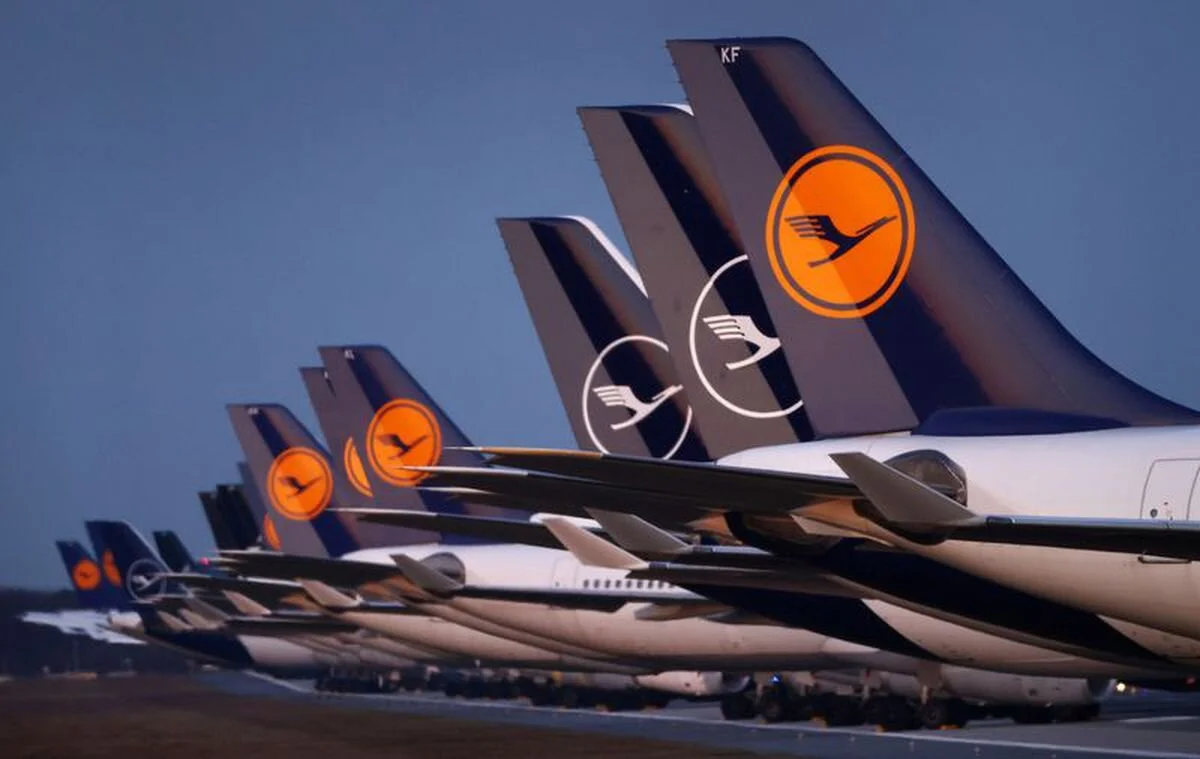COVID-19: A harsh Winter for the Austrian Tourism Industry
Austrian airlines grounded amid coronavirus outbreak
Austria, the land of the mountains and streams with a population edging towards 9 million which was one of the first nations in Europe to impose draconian measures to curb the spread of COVID-19, has slowly begun the lifting of many lockdown policies in response to the immense socioeconomic toll. However, in this nation of over 8 million, the recovery path seems more challenging than ever which can best be described by a harsh winter, due to its reliance on the tertiary sector which accounts for 70.3% of Austria’s GDP.
Within the tertiary sector, the tourism industry has been hit the hardest. Over the past decade, with the proliferation of the global middle-class within Europe and China, tourism has grown at an average rate of 3.89% between 2007 and 2017 compared to GDP growth of 0.8% over the same period. Along with this defensive growth in the tourism industry since the Great Financial Crisis was accompanied by a consistent development in the various components along the value chain, from hospitality to retail.
Lufthansa to receive $10 billion dollar bailout
However, with the spread of COVID-19, the year-on-year percentage change of overnight stays in Austria for March 2020 has fallen by a whopping 70.6%. The result of such an over reliance on the tourism industry translates to a ripple effect on the complex and intricate value chains especially for Austria, the central European bridge between western and eastern Europe. Almost all segments of this chain, from airlines to the hospitality industry have taken a dramatic hit that is both demand- and supply- driven. (Data sourced from Statistik Austria)
Of the hardest hit sector, the most widely discussed is that of the airline industry. This has been due to the industry being plagued by thinning margins, stock buybacks and tight cash flows prior to the COVID-19 outbreak. With the industry average, P/E ratio trading at 14.87x compared to a S&P500 total market average P/E ratio trading at 22.91x as of January 2020. To add further fuel to the fire, the COVID-19 outbreak has hit the airline industry hard, with notable airlines like Delta Airlines and Lufthansa AG moving to a P/E ratio territory of around 4.0x as of May 2020 driven by short-sellers and low earnings prospects. And of course, the same issues have beleaguered Austria’s flagship carrier Austrian Airlines AG, a subsidiary of Lufthansa AG since 2009.
Interestingly, unlike their competitors, Austrian Air has not operated through the first wave of the COVID-19 outbreak in a constrained manner but much rather chose to cease its operations from March to June as a result of collapsing demand due to the national travel restrictions. The main driver of this decision initially was the stalled discussions between the Austrian government and the Board on a potential bailout package, despite Austrian Air’s determined heart to cut expenses by $331 million by 2023. (Data sourced from Bloomberg)
Austrias popular tourist destination of Hallstatt
Despite the dire situation, there seems to be light at the end of the tunnel with a potential relief package provided to Austrian Air valued at $851 million from the Austrian government which will follow the American model best characterised by loans and grants. For instance, through the CARES Act, the airline industry in the US has already received a bailout package with strings attached valued at $22.7 billion. In contrast, the German model of equity capital injections via the government through a preferred stock trajectory has been put off the table by the centre-right Austrian government to avoid the buzzword nationalisation of the private sector.
Even with these financial bailouts, the gradual lifting of lockdowns and travel restrictions, without a certain long-term outlook on how travel in a post-COVID-19 era will look like and when some sort of normality will be resumed, it is impossible to forecast whether current relief structures will suffice for Austrian Airlines AG and the global airline industry to persevere through the winter. No matter what model of relief, we shall keep a close watch on the air traffic volume within specific travel-clusters as a proxy indicator on the trajectory when the global airline industry wakes up from their hibernation.



